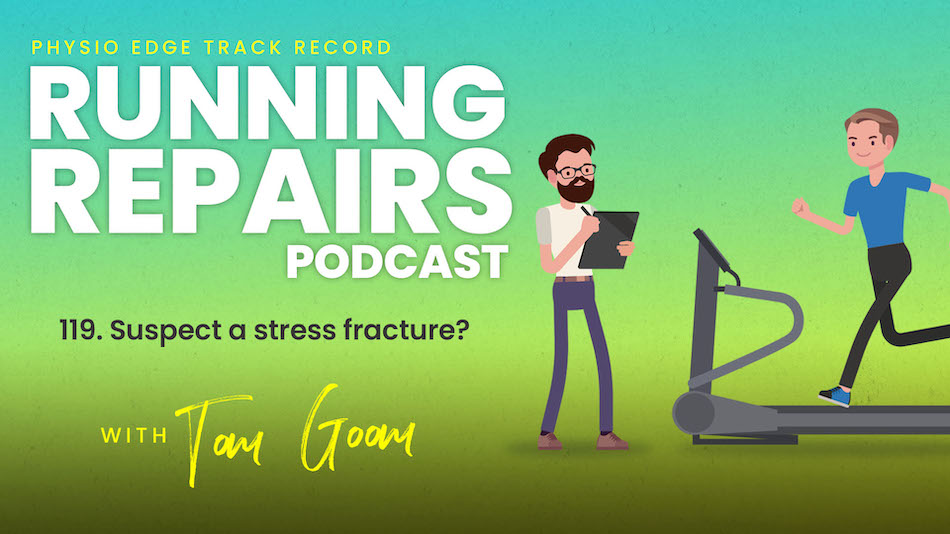
Stress fractures and bone stress injuries in running patients need to be identified early, to allow recovery before the injury worsens and requires extensive time away from running. When should you suspect a stress fracture or a bone stress injury (BSI) in your running patients? Find out in the podcast with Tom Goom (Running Physio), and explore:
- How to identify stress fractures & BSI’s in your patients.
- Which patients are at greater risk of developing BSI or stress fractures?
- Features in your patient history, including past & medical history, onset & aggravating factors that increase your suspicion of a stress fracture.
- Which BSI’s are “high risk”?
- Common training errors that lead to a stress fracture.
- What tests can be performed in your objective assessment to help diagnose stress fractures?
- How to differentiate tendon pain from bone stress injuries
- Will bruising or swelling appear with bone stress fractures?
- How palpation can help your diagnosis
- Why common assessment tests are often painfree in bone stress injuries.
- When imaging is important.
- Which imaging modalities to request when you suspect a stress fracture or BSI.
Improve your identification and assessment of stress fractures and bone stress injuries now with this podcast.
Free running injury assessment & treatment video series available now
Links associated with this episode:
- Successfully treat ITB pain with this free three part video series with Tom Goom.
- Improve your lateral hip pain assessment, diagnosis & treatment skills with 3 free videos presented by Tom Goom
- Improve your confidence and clinical reasoning with a free trial Clinical Edge membership
- Join Tom live on Facebook & ask your running related questions every Friday
- Download and subscribe to the podcast on iTunes
- Download the podcast now using the best podcast app currently in existence - Overcast
- Listen to the podcast on Spotify
- Tom Goom on Twitter
- Tom Goom’s website
- David Pope - Twitter
- David Pope & why I started Clinical Edge
- Review the podcast on iTunes
- Infographics by Clinical Edge







